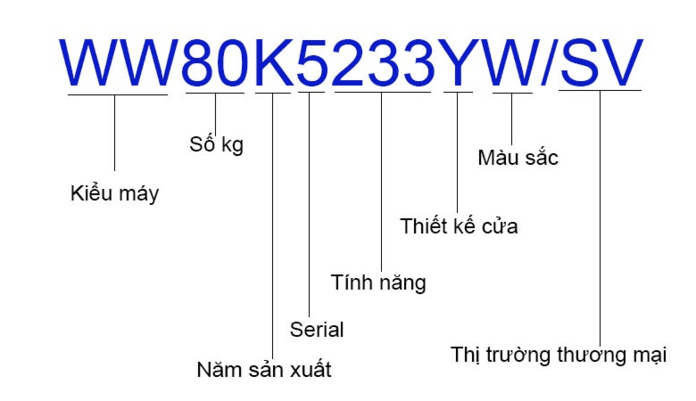
 News
News
Each product in your warehouse needs a unique code called SKU. SKU is popular worldwide and is a useful tool to help you search quickly, manage products easily and scientifically as your business product catalog expands and diversifies.
What is SKU?
SKU is an abbreviation for Stock Keeping Unit, which means a unit for classifying inventory goods by classifying goods that are similar in shape, function, etc. based on a series of characters including numbers and/or letters. Or simply, PRODUCT CODE
Why is SKU useful?
SKU is more necessary than Barcode in controlling internal inventory, SKU contains separate symbols of both letters and numbers for each product category, you just need to look at SKU to be able to recognize the product type through the characters and easily read them without having to scan the system like Barcode. Besides, you are not limited in the number of SKUs no matter how extensive your product category is.

How to set up a SKU that is easy to remember
A SKU should include the following elements:
1. Manufacturer name (or brand name)
2. Product description: A short description of the material (cotton, khaki, silk, brocade ...); shape (long, short ...)
3. Purchase date: Including the numbers of day, month, year (only the last 2 numbers should be used)
4. Warehouse: If you have many warehouses, you can have a separate symbol for each warehouse according to the area of Hanoi, Ho Chi Minh ... or according to the district.
5. Product size
6. Product color
7. Product condition: New or used
Combining all the above elements (variations) together, you will set up a SKU for the product according to the category easily

SKU and UPC?
SKU is optimized for internal inventory control, while UPC (Universal Product Code) is standardized for anyone to read (according to available conventions). Thus, the same product, in different companies, can have different SKUs but only one UPC.





